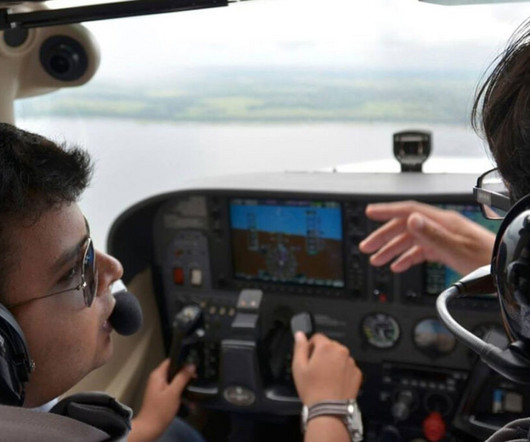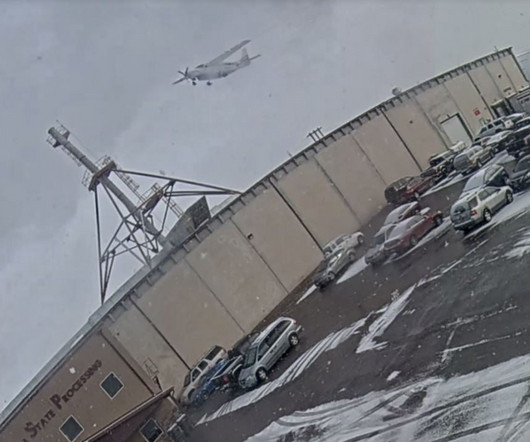Scaring Yourself into Additional Dual Instruction
Flying Magazine
APRIL 30, 2024
The second thing that filled him with trepidation was that the aircraft was bouncing around in turbulence more than he was used to. A review of the Aeronautical Information Manual (AIM) Chapter 4, 4.1.11 READ MORE: Should I File an Initial Approach Fix? We started with the lack of radio contact. verified that 122.75—what










Let's personalize your content